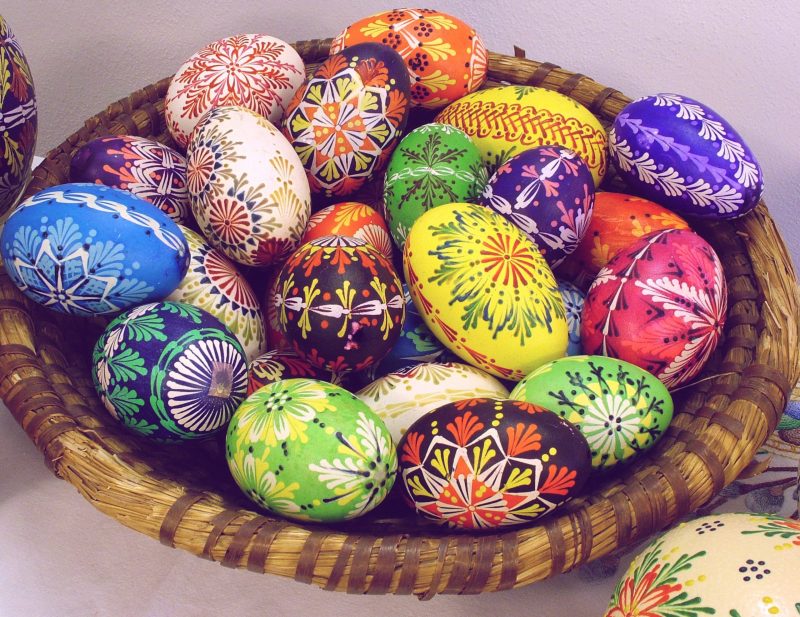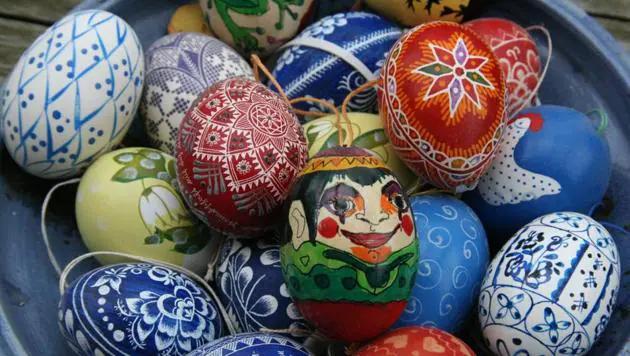Easter is a time for celebrating new beginnings, rebirth, and the hope of spring. For many people, traditional Easter foods are an important part of the holiday celebration. From ham to hot cross buns, these dishes are often steeped in symbolism and meaning, representing the religious and cultural traditions associated with Easter. In this blog, we will explore five traditional Easter foods and the symbolic meanings behind them.
-
Ham
Ham is a popular Easter dish in many parts of the world, especially in the United States. This may be due in part to its practicality; early American settlers would slaughter their pigs in the fall, and by Easter, the ham would be ready to be cooked and enjoyed as a celebratory meal. However, ham is also associated with Easter because it is a symbol of renewal and rebirth. Just as the pig goes through a process of transformation from piglet to adult, so too does Jesus go through a process of transformation from human to divine.

-
Hot Cross Buns
Hot cross buns are a sweet, spiced bread roll with a cross on top, traditionally eaten on Good Friday in many Christian cultures. The cross on top symbolizes the crucifixion of Jesus, and the spices inside represent the spices used to embalm his body. In addition to their religious significance, hot cross buns are also associated with luck and protection. It is said that if you share a hot cross bun with someone, you will have good luck for the rest of the year, and that hanging a hot cross bun in your kitchen will protect your home from fires and bad luck.
-
Deviled Eggs
Deviled eggs are a popular appetizer at festive gatherings. They are made by hard-boiling eggs, removing the yolks, mixing them with mayonnaise and seasonings, and then refilling the egg whites. The name “deviled” comes from the fact that the spices used to season the egg yolks were once considered to be spicy or “devilish.” Despite their name, deviled eggs are not associated with any particular religious or cultural significance; instead, they are simply a tasty and easy-to-prepare festive appetizer.
-
Lamb
Lamb is a common Easter dish in many parts of the world, including Europe, the Middle East, and Australia. This is because the lamb represents the sacrifice that Jesus made for humanity, as well as the innocence of the Easter season. Additionally, lamb was often served during Passover, which took place at the same time as Easter. In some cultures, it is traditional to eat a whole roasted lamb as part of the Easter celebration, while in others, lamb is prepared in stews or other dishes.
-
Chocolate eggs
Chocolate eggs are a beloved festive treat for many people, especially children. These eggs are a symbol of new life and rebirth, which are themes that are central to the Easter holiday. Additionally, eggs were once considered to be a forbidden food during Lent, so people would often celebrate the end of the Lenten fast by indulging in eggs (in chocolate form, of course). Chocolate eggs are now a ubiquitous part of the Easter celebration, and are often given as gifts or used in Easter egg hunts.
In conclusion, traditional festive foods are an important part of the holiday celebration for many people around the world. From ham to chocolate eggs, these dishes are steeped in symbolism and meaning, representing the religious and cultural traditions associated with Easter. Whether you are enjoying a traditional Easter meal with your family or simply indulging in a few chocolate eggs, these foods serve as a reminder of the hope and renewal that are at the heart of the Easter holiday. Some of other blogs at www.nutritionalgrowth.com.


